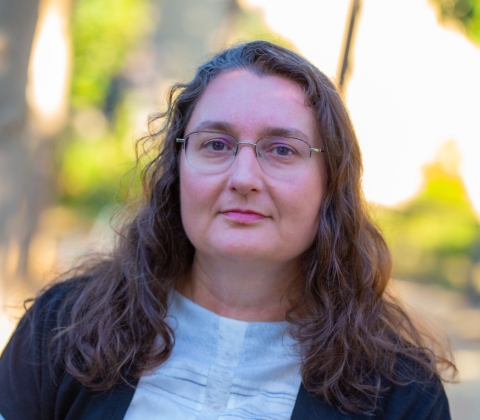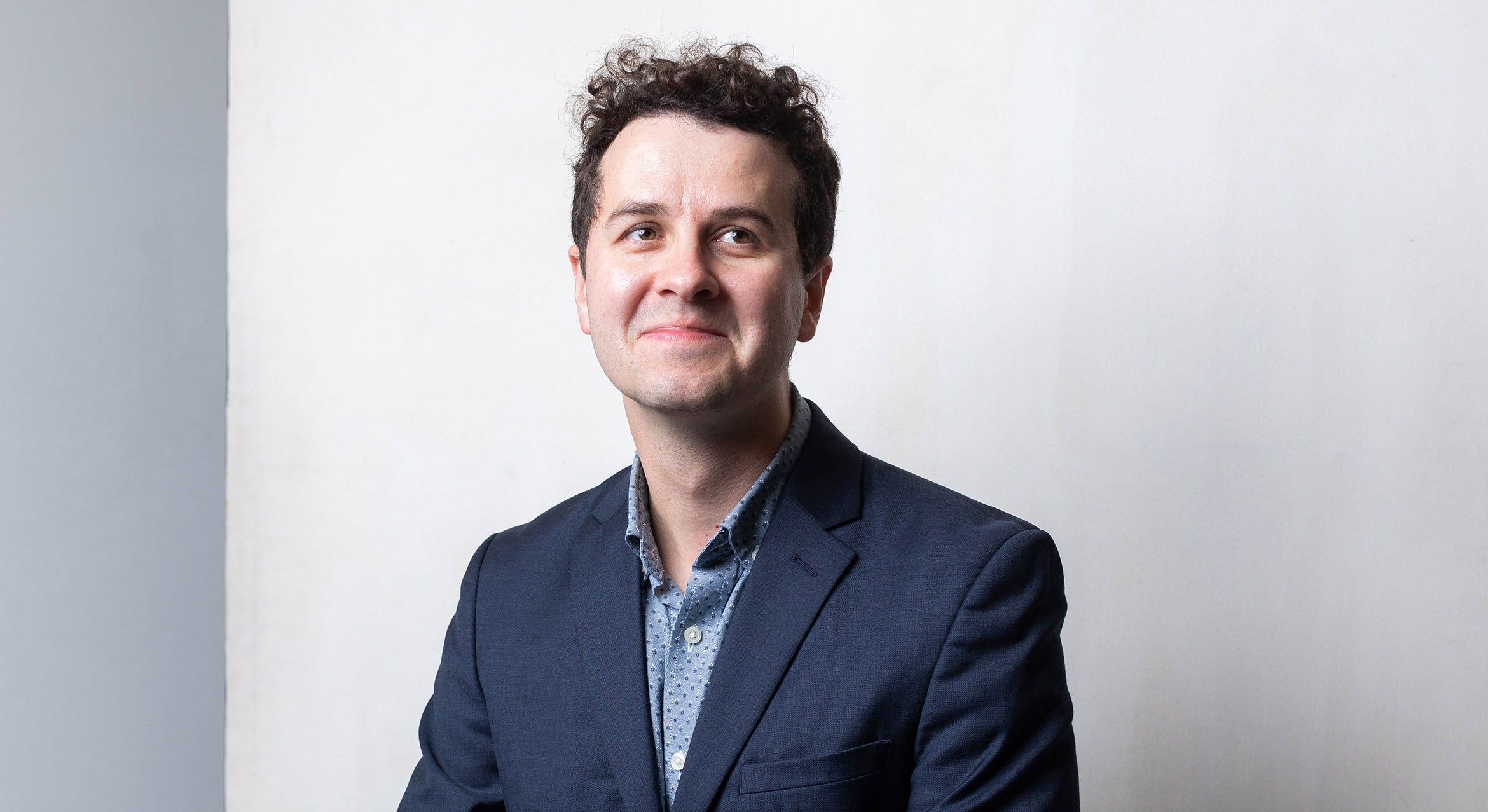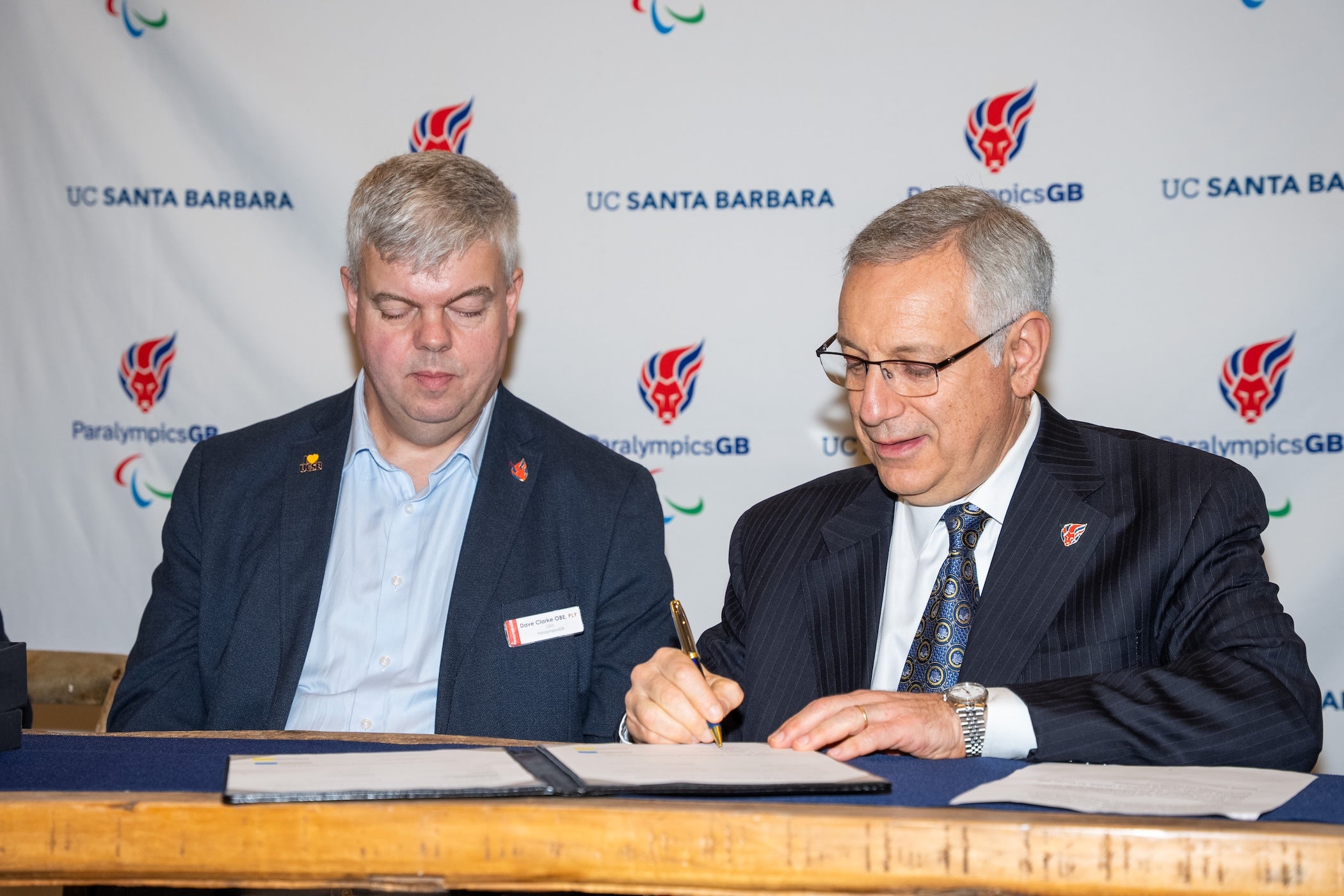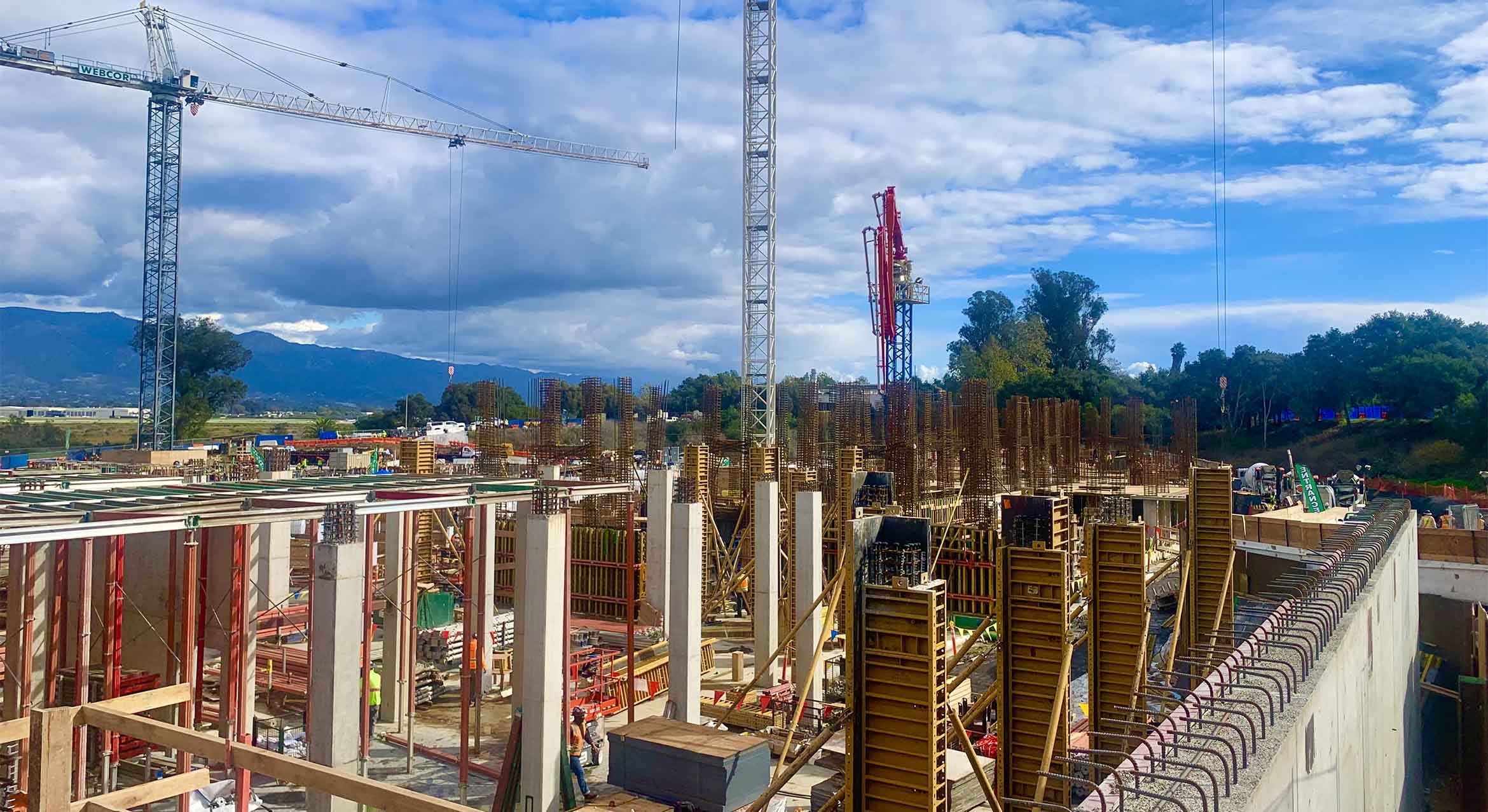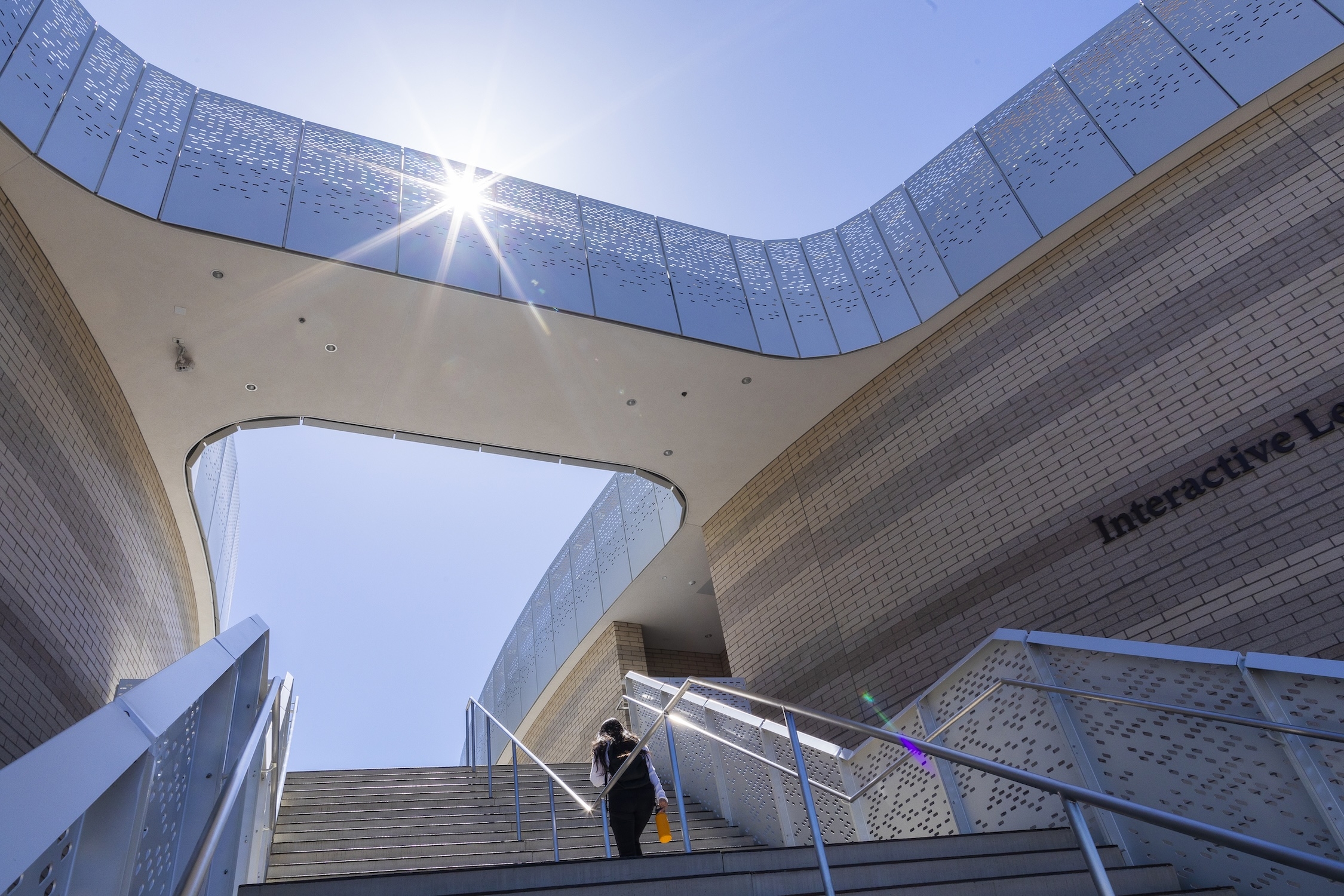
Furthering its reputation as a sustainability leader across higher education, UC Santa Barbara has released its Clean Energy Master Plan, a blueprint for eliminating almost all campus-generated carbon emissions within 20 years, or less.
The plan, completed after more than a year of in-depth investigation and analysis, was recently approved by the UC Office of the President. Each UC campus was tasked with decarbonization planning as part of the systemwide UC Carbon Neutrality Initiative.
With its comprehensive new strategy, UC Santa Barbara is poised to achieve a 90+% reduction in Scope 1 greenhouse gas emissions by electrifying all heating and hot water systems serving facilities on the main campus. The eventual goal is for campus energy systems to become fully electrified.
“Our Clean Energy Master plan builds on work that the campus has been doing and investments we have been making over the past couple of decades,” said Professor Susannah Scott, co-chair of UCSB’s Decarbonization Project Committee and former divisional chair of UCSB’s Academic Senate. “With the right decisions, we will be operating a near-zero-emissions campus within the next two decades. We have a strong and realistic plan to get there and that's really exciting.”
“We also heard from our students especially that they really want us to do this,” Scott added. “It’s an important part of showing to the world who we are and what we can do, by making a commitment to their future. The UC needs us to lead the way in this area.”
UCSB's advantageous geographic location, mild climate and lack of a gas-fired cogeneration plant, Scott said, make it well-positioned to deliver on the new plan, which could serve as a model for other institutions and communities in the region.
Even before launching the planning process in late 2023, UCSB had the lowest carbon footprint among all UC campuses, with total greenhouse gas emissions in 2023 sitting 54% below 1990 levels — reductions primarily attributed to investments in energy efficiency and to strategic procurement of electricity from low-carbon sources. The campus already buys 100% renewable electricity from the UC Clean Power Program.
About 94% of UCSB’s remaining on-site natural gas consumption is due to the use of combustion for heating and hot water in campus buildings. By electrifying all heating and hot water sources, UCSB will eliminate 16,500 metric tons of carbon dioxide equivalent (MTCO2e) emissions annually, equal to 50% of the university’s current annual greenhouse gas emissions.
By expanding UCSB’s hydronic system, Scott explained, there will no longer be a need for the natural gas-fired boilers and chillers in individual campus buildings that currently are the university’s major sources of CO2 emissions. The new plan involves building an all-electric central utility plant or plants that will supply hot and chilled water to all campus buildings — including those yet to be constructed.
As the campus expands residential housing for students to meet the targets in UCSB’s 2010 Long Range Development Plan, both its San Benito and East Campus Student Housing projects are being designed to be all-electric from the start, including heating, dining and laundry facilities, according to Renée Bahl, Associate Vice Chancellor of Design, Facilities and Safety Services and co-chair of UCSB’s Decarbonization Project Committee. All other new campus infrastructure projects, she said, will be similarly assessed with the Clean Energy Master Plan top of mind.
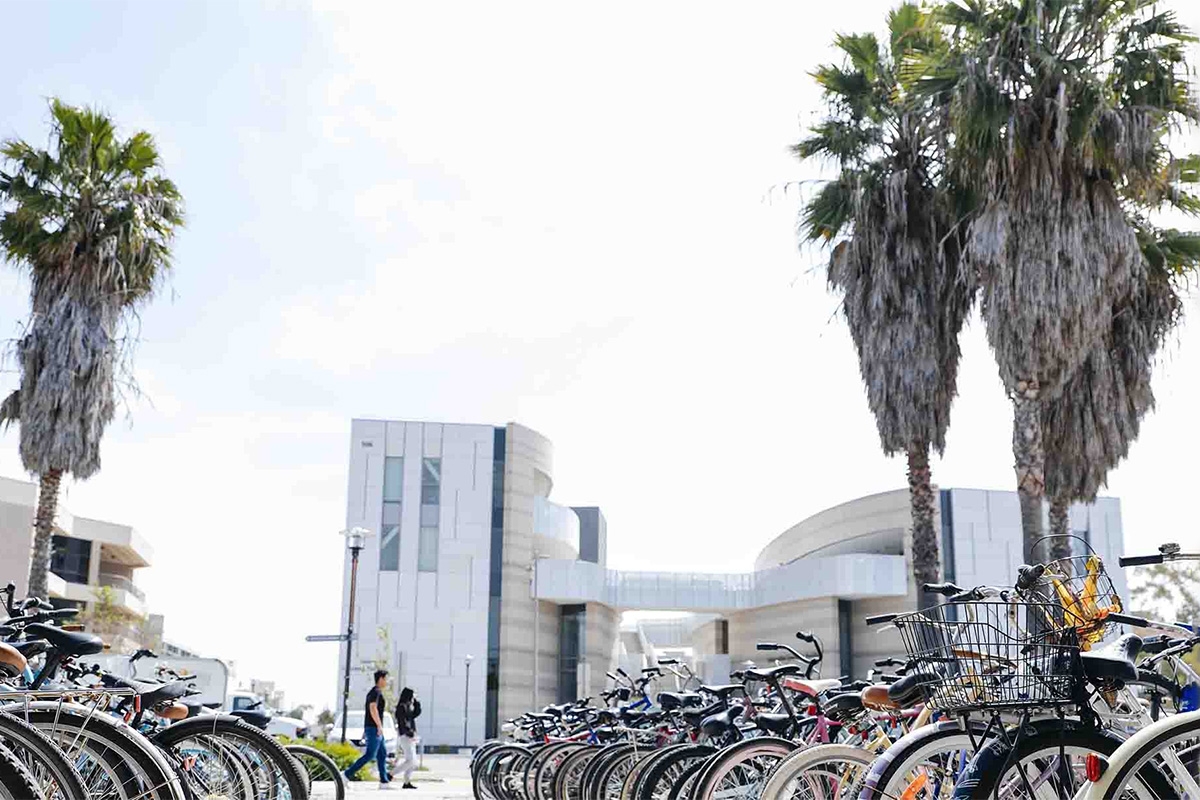
“Every new capital project and major renovation project will have to align with the plan and the local decarbonization policy on Scope 1 emissions,” Bahl said. “So all our facilities will eventually be all-electric, and will use electricity generated from clean, renewable energy sources. It's likely that in the next couple of decades, the campus will have a bigger physical footprint than it does today. But that physical footprint will not be accompanied by a higher CO2 footprint. In fact, per capita, it will go down significantly.”
It will also save a lot of money, Scott noted. Though the plan is expensive, the alternative cost of maintaining the status quo — including maintenance on the existing boilers and chillers — is considerably higher.
“Our study estimated the initial capital cost of the all-electric infrastructure to be about $300 million, and that's a lot of money for a campus which is chronically short of funds for infrastructure,” Scott said. “But our consultants did the math, and considered what it would cost to not implement this plan — to replace failed boilers with new natural gas-fired boilers, and to continue to purchase the power that we do and all of those things. It turns out that over the lifetime of the plan, from now to 2045, the campus would actually spend much more money if we don't do this, and that’s without factoring in any future cost associated with carbon emissions. There is a strong business case for this plan.”
UCSB will explore a variety of funding sources, including state and federal opportunities, as well as gifts, to finance the project in a phased approach over the next 20 years.
UC policy requires by 2025 that all 10 campuses and six academic health centers use 100% carbon-free electricity and accelerate efforts to eliminate their remaining sources of greenhouse gas emissions. The UC’s recently refined climate policy created a framework and timetable for its campuses and academic health centers to decarbonize by 2045, requiring a 90% reduction in greenhouse gas emissions from changes in campus operations. Targets for reducing emissions get progressively larger for 2030, 2035 and 2040.
